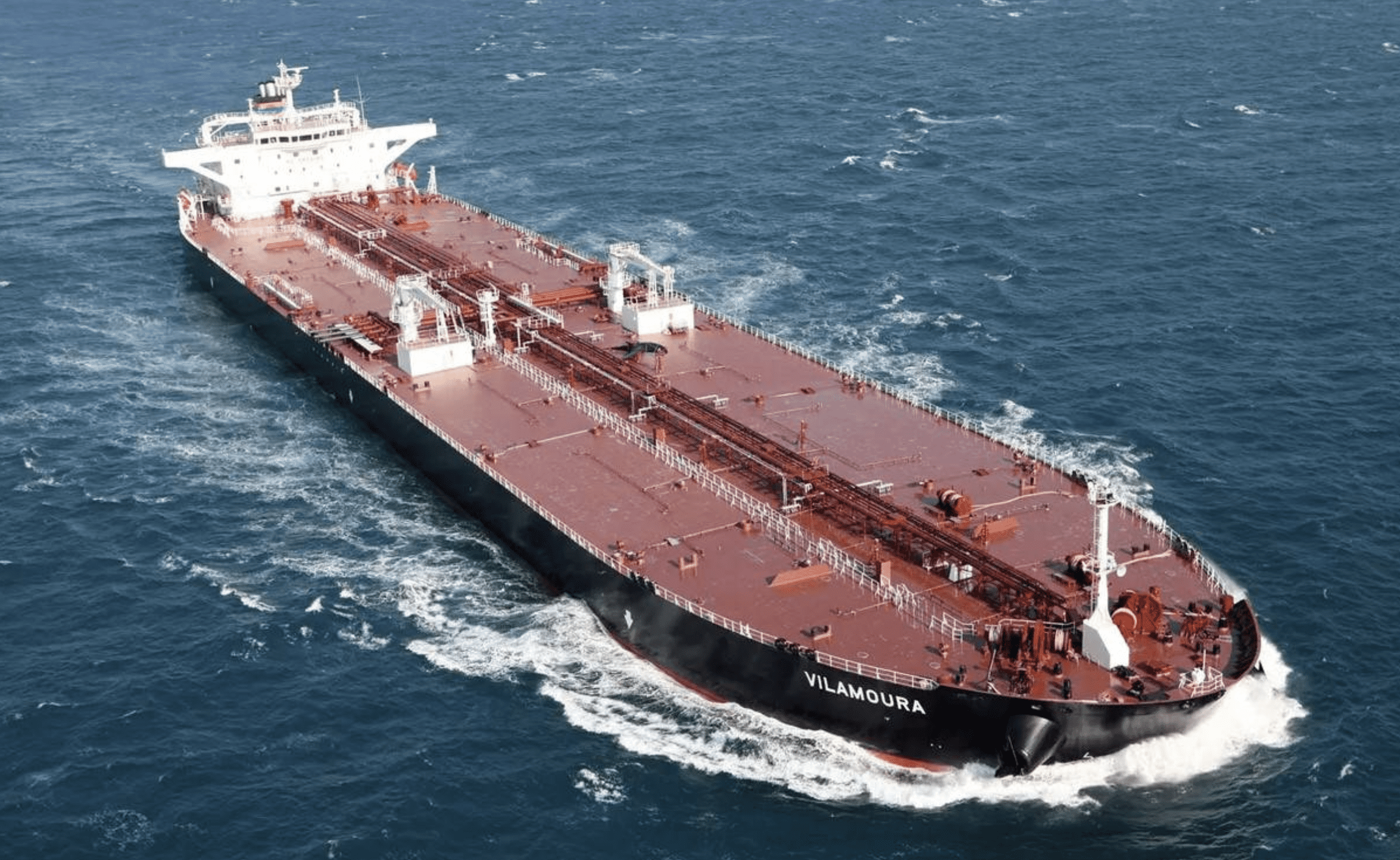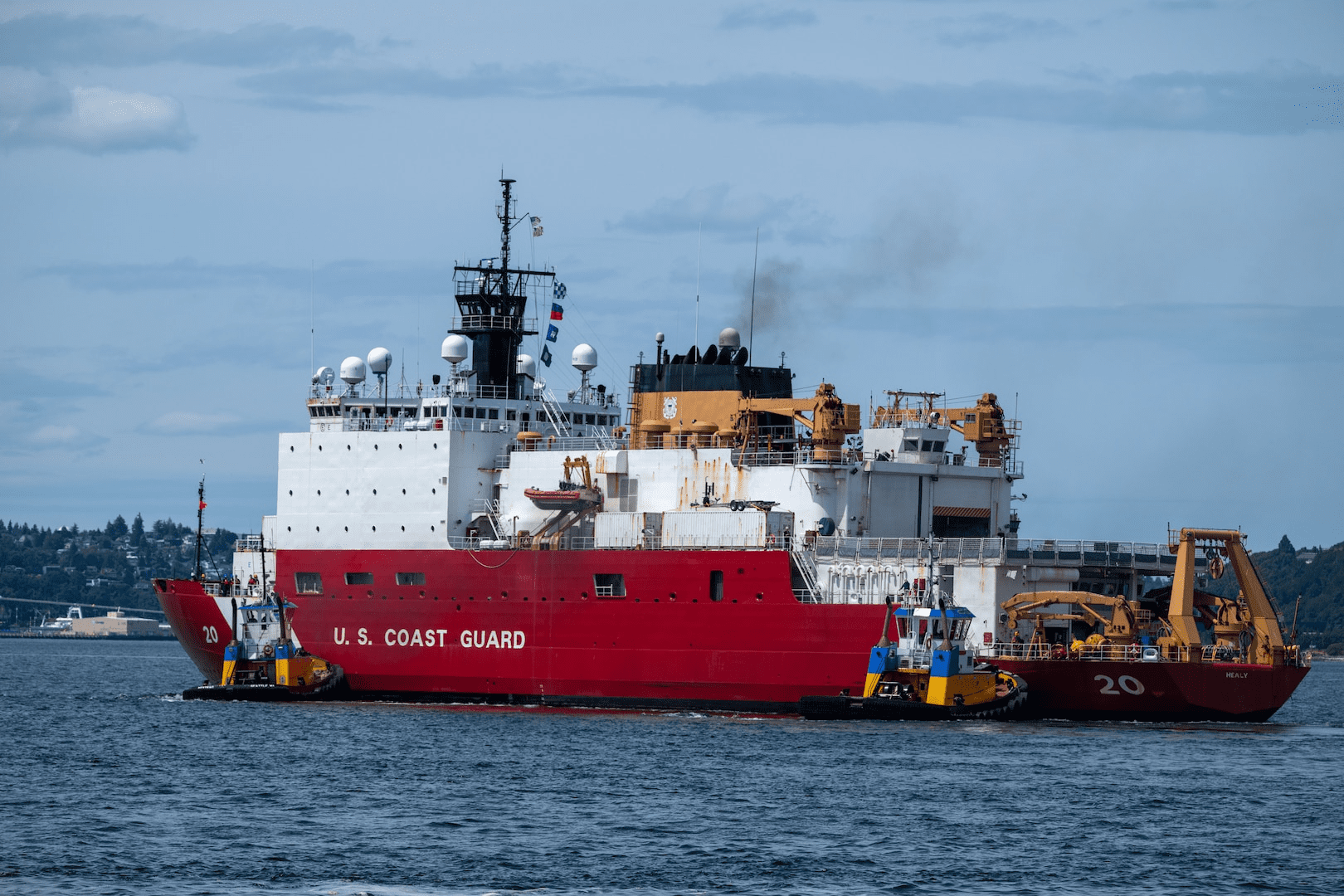A Word On Vessel Traffic Service
by Captain John Denham
The purpose of a Vessel Traffic Service (VTS) is to provide active monitoring and navigational advice for vessels in particularly confined and busy waterways. There are two main types of VTS, surveilled and non-surveilled. Surveilled systems consist of one or more land-based sensors (i.e. radar, and closed circuit television sites), which output their signals to a central location where operators monitor and manage vessel traffic movement. Non-surveilled systems consist of one or more reporting points at which ships are required to report their identity, course, speed, and other data to the monitoring authority. They encompass a wide range of techniques and capabilities aimed at preventing vessel collisions, rammings, and groundings in the harbor, harbor approach and inland waterway phase of navigation. They are also designed to expedite ship movements, increase transportation system efficiency, and improve all-weather operating capability.”
The above quoted purpose of VTS is considered inaccurate based on the purposes state by two of California’s most involved VTS; San Francisco and Los Angeles. Contested are the words active and manage although included in its purpose, in fact these words are not factual. Active can infer real time or instantaneous and manage can be interpreted to mean supervisory and or directive by order or command.
The rules to prevent collisions require that all vessels shall maintain a proper lookout by all available means as appropriate. The Federal Code of Regulations and the U,S. Code require if radar is installed it should be operational and operated by qualified observers. And, the ordinary practice of seaman implies that mariners should use common sense, professional skill and apply lawfully mandated procedures in a seamanly manner. Therefore, as per the ordinary practice of seaman, if VTS is available, one should accept its assistance as it fulfills the requirements of proper seamanship.
The missing ingredient for VTS fulfillment is local knowledge, skill and experience; the primary traits of pilotage. Unquestionably an experienced pilot is a great asset to help complete or commence a successful voyage. The public relies on pilots to protect them from marine catastrophes caused by wayward ships. The history of ocean transportation is replete with testimony where nations have invoked strict rules to control ill prepared ship masters from causing calamities in peaceful harbors. Mandatory pilotage is a business, a profession and a public safety measure. VTS was conceived as a tool to increase that safety measure.
All VTS are not the same although the purpose is. San Francisco and Los Angeles California are in the same state and yet the two VTS operate and are managed differently.
San Francisco
“We (USCG) execute our mission by MONITORING vessels movements, INFORMING mariners of other vessels and potential hazards, RECOMMENDING courses of action when we see a situation that the mariner may not have seen, and DIRECTING the outcome of situations when necessary to prevent disasters.”
Los Angeles-Long Beach
The goal of the Los Angeles/Long Beach VTS is to provide seamless navigational information to improve vessel transit safety. The USCG/Marine Exchange/Los Angeles and Long Beach pilot organizations have worked together to create a unique system. It is a cooperative effort of the State of California, the USCG, Marine Exchange of Southern California and the Ports of Los Angeles and Long Beach under the authority of the California Code, Harbor and Navigation sections.
Using one recent example: M/V Cosco Busan allision with the fender on “D” tower of the San Francisco-Okland Bay Bridge on November 7, 2007, a casual reader can determine by the mission statement alone, the San Francisco VTS was not oriented to fulfill the needed leadership and coordination role of a VTS.
San Francisco VTS is a government facility operated as a service and not a system. Its function is authoritative and not cooperative and it exists within its own environment, rules and controls. Although participating in community maters there is no functional capability to provide local knowledge, skill or experience in a seamless manner to increase harbor safety. The lack of those needed traits, local knowledge, skill and experience in preventing accidents was confirmed on 7 November 2007. However, readily available a short distance away is an abundance of such traits. The state of California supports the San Francisco Bar Pilots and provides a franchise to guarantee a proper life with regular employment and benefits. Whereas the SF VTS relies on relatively young persons lacking in local knowledge, skill and experience to safe guard the waters of the bay and region .It seems that some arrangement could be reached whereby those traits were constantly available in the VTS in San Francisco.
Captain John Denham is a veteran of 66 years maritime experience in seamanship, ship handling, navigation, piloting, and education. he is also author of The Assistant and DD 891
and DD 891  .
.

 Join The Club
Join The Club










